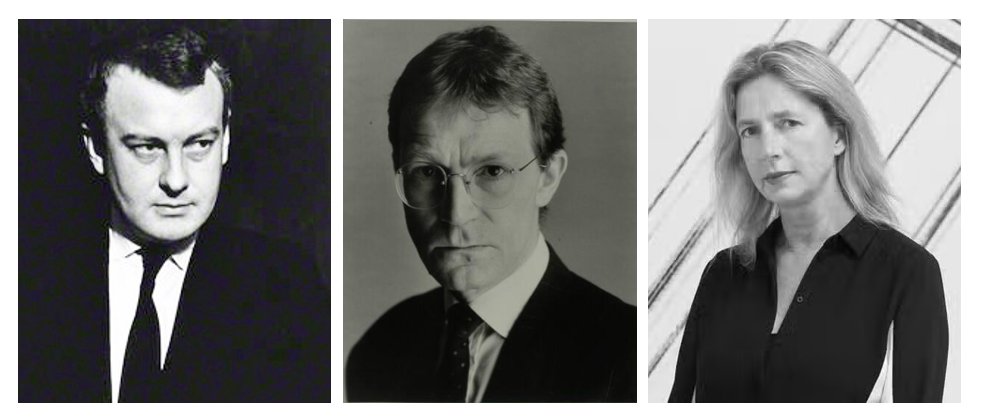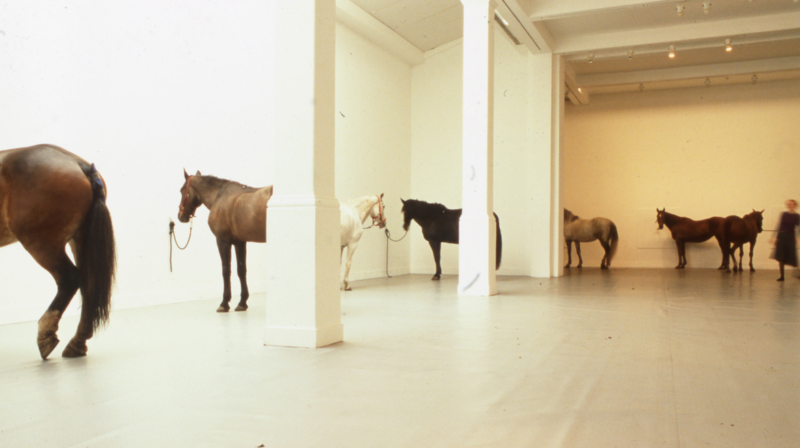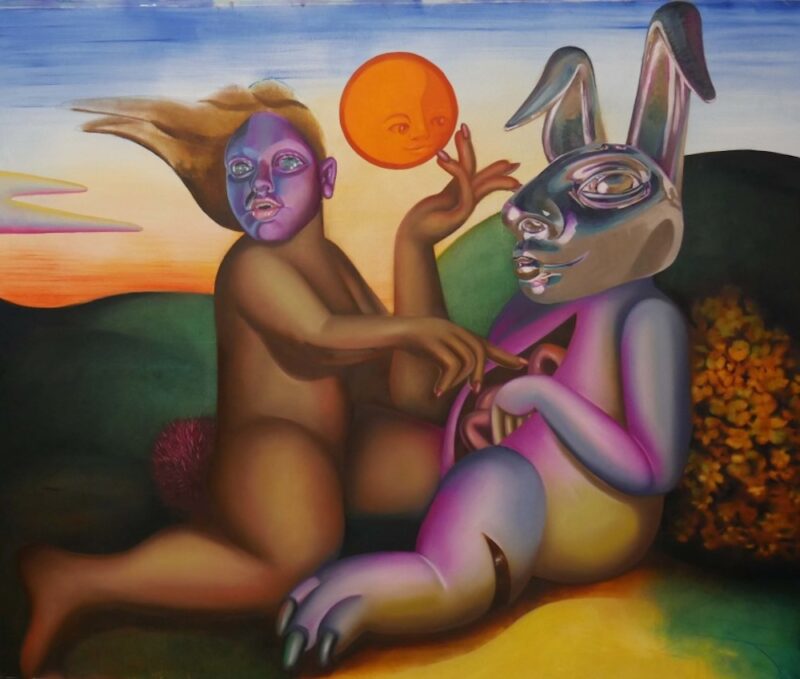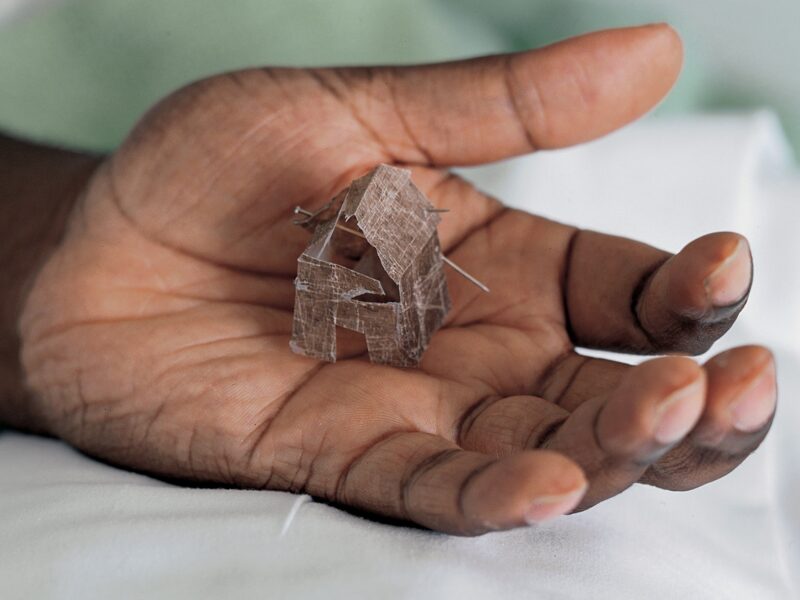
Whitechapel Gallery, 77-82 Whitechapel High St, London E1 7QX
www.whitechapelgallery.org Instagram: @whitechapelgallery
Whitechapel Gallery has a distinguished history. Founded in 1901 to present ‘the finest art of the world for the people of the East End, London’, it can claim ground-breaking shows of such as Pablo Picasso (including Guernica’s only visit to Britain, in 1939), Barbara Hepworth (1954), Jackson Pollock (1958), Mark Rothko (1961), Helio Oiticica (1969), Frida Kahlo (1982) and William Kentridge (2016). ‘This is Tomorrow’ (1956) remains one of the most famous group shows.
Bryan Robertson (1952 – 1968), Nicholas Serota (1978-88) and Iwona Blazwick (2001-22) are seen as seminal directors. Gilane Tawadros, an art historian who was formerly the Chief Executive of the visual artists’ rights management organisation DACS, succeeded Blazwick a year ago. That has proved controversial, as she made six senior posts redundant, citing financial difficulties. That included chief curator Lydia Yee, who has been behind many fine shows across 15 years at the Barbican and then Whitechapel. However, given the planning cycle of major exhibitions, it is too early to say how the programme will be influenced. Certainly, the current lively and provocative retrospective of American painter Nicole Eisenman is very much in line with Blazwick’s foregrounding of female artists, e.g. solos for Nan Goldin, Sophie Calle, Zarina Bhimji and Mary Heilmann; a survey of 80 women involved in ‘Global Abstraction 1940-70’; and setting up the biennial Max Mara Art Prize for Women. Since expansion in 2009, incidentally, there are always several presentations, and Eisenman is unusual in spreading from the two main spaces into one of the others.
London’s gallery scene is varied, from small artist-run spaces to major institutions and everything in between. Each week, art writer and curator Paul Carey-Kent gives a personal view of a space worth visiting.







